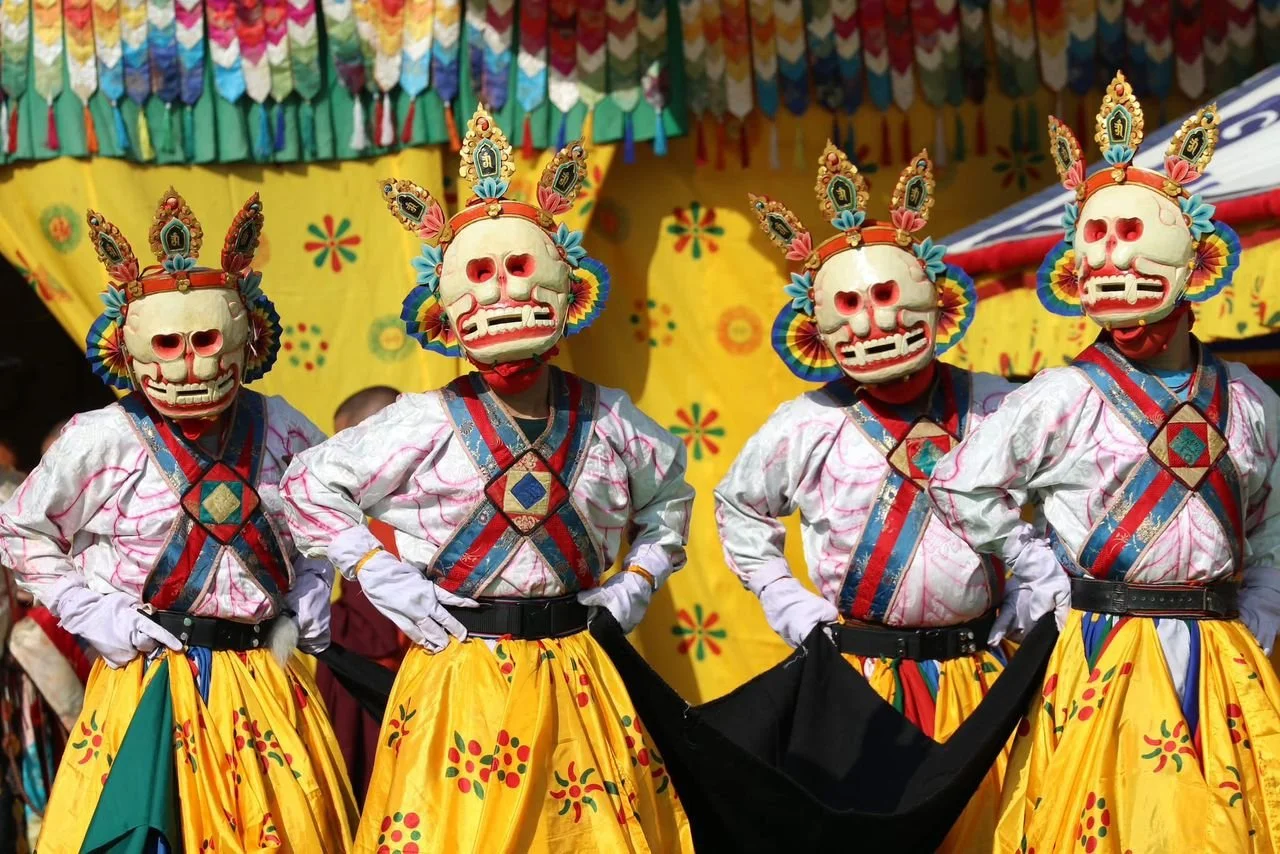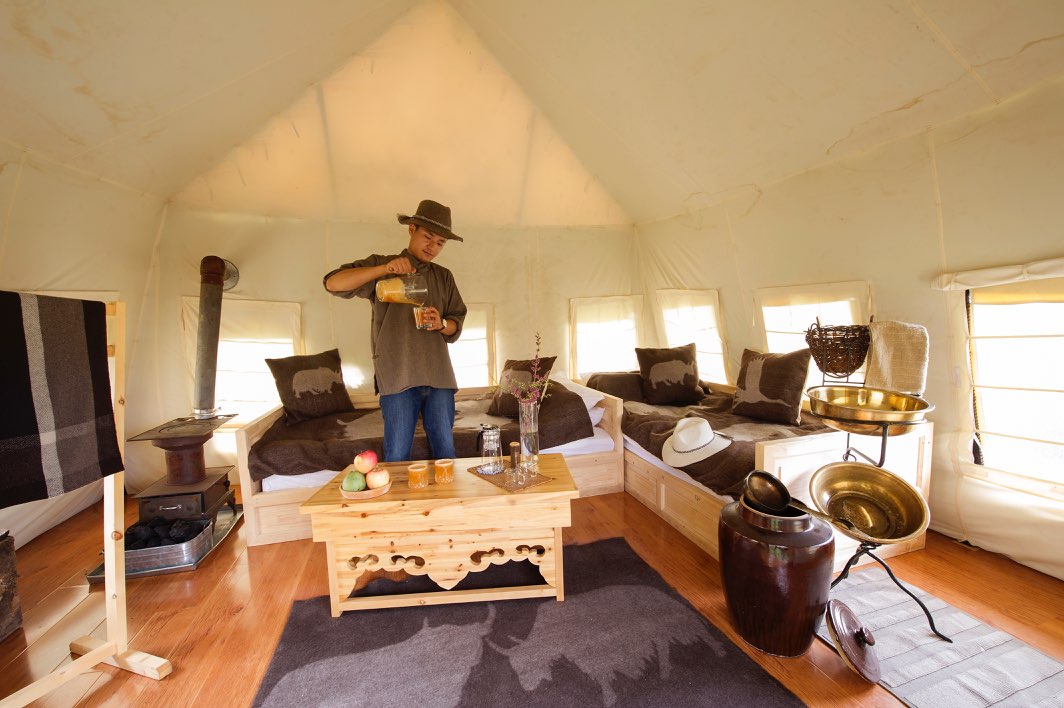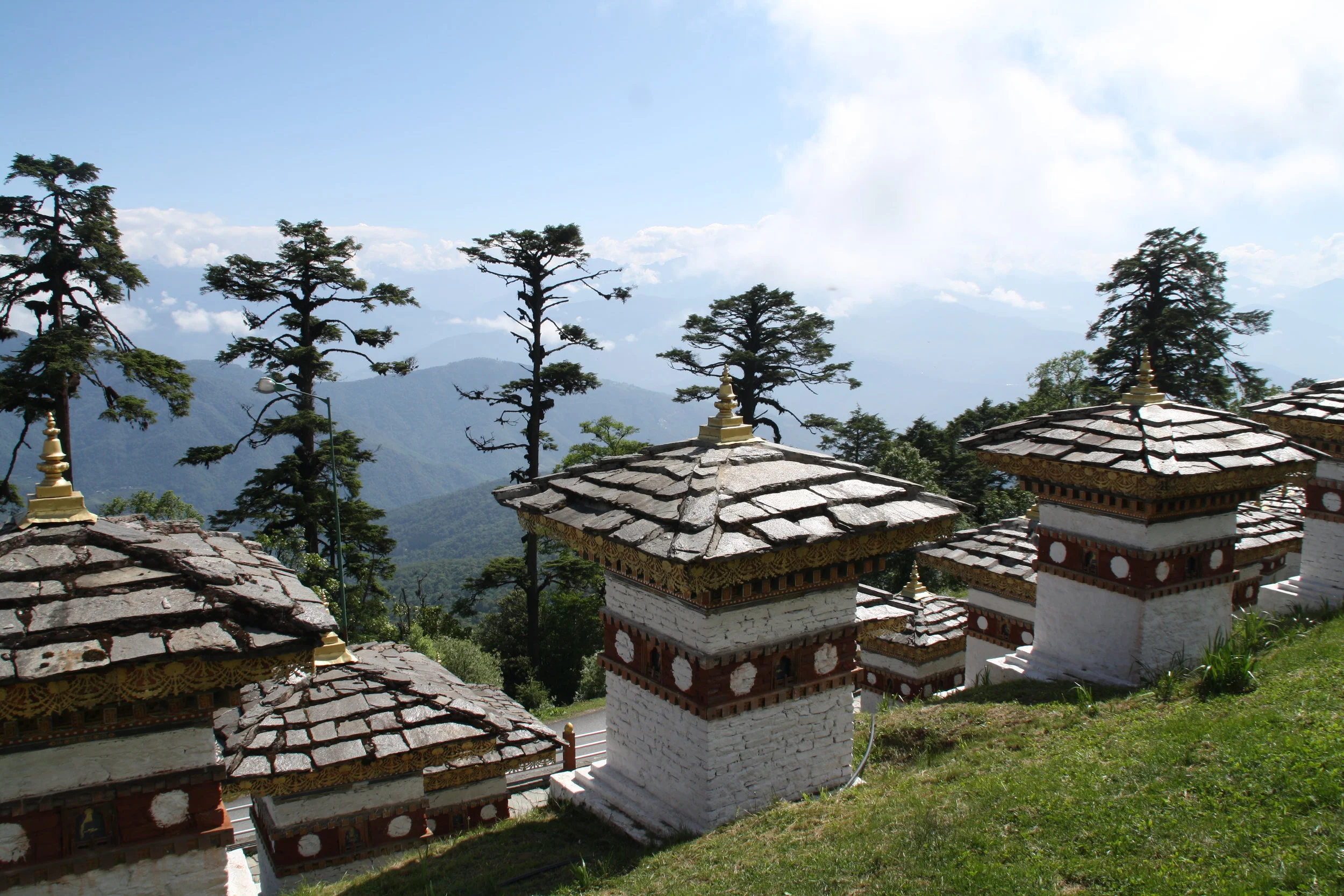Finding the right travel insurance can be a daunting experience. There are literally thousands of companies out there offering travel insurance packages but finding the best option that suits your pocket AND provides adequate cover is not so easy. What is included and what is not included in an insurance package varies enormously between companies. Whilst some standard policies cover trip interruption costs others don’t. Some policies will cover alternative therapies, compassionate emergency visits home and accidental death. Many companies offer a few different tiers of cover and you should think carefully about what is best suited to you rather than always opting for the cheapest one.
Some people assume that the ‘free’ travel insurance provided by their credit card company will cover them. But they don’t read the small print and the cover may not be adequate. This varies from company to company.
Your destination is important too. You need to check if the policy you are looking at covers you at altitudes over 3,000 metres. Many Beyond The Clouds treks in Nepal and Bhutan take travellers well over 3,000 metres such as Laya Ghasa and Jomolhari in Bhutan, whilst in Nepal the Three Passes trek, Gokyo Lakes and Everest Base Camp. Anyone going to Ladakh or most parts of Tibet will be travelling over 3,000 metres so this is something to watch out for in the small print. If you are doing any form of adventure sport, you will probably need extra cover too. Although trekking on good paths is not normally considered an adventure sport.
Older travellers are not always covered by standard policies. If you are travelling as a family, it often pays to find a policy that will cover all of you rather than buying separate insurance.
We at Beyond The Clouds have loved World Nomads Insurance for many years. We use it ourselves and in fact we have good reason to love them even more following my recent accident whilst on holiday in Cambodia. With a badly sprained ankle, the Cambodian doctor said that although I was fit to fly the next day, I must return on business class with my leg elevated to avoid getting a deep vein thrombosis (DVT). I can honestly say that World Nomads were sensational. From the moment I contacted them, I was impressed with their speed, efficiency and professionalism. They got straight onto the airline and although there were no business class seats available, they booked me a new ticket on a flight 15 mins before the one I should have been on with my family. I was so impressed and will continue to choose World Nomads travel insurance every time.
Imagine what you would do if something awful happened on your trip and you were not covered. The bill for private medical care, new flights and replacement items can run into thousands. For a much smaller sum, travel insurance offers peace of mind and practical support when things turn out differently.
Of course no one wants to have to anything go wrong on their holiday but having fully comprehensive travel insurance in place means you can relax safe in the knowledge that you would be looked after should you need it. Safe travels!!







































